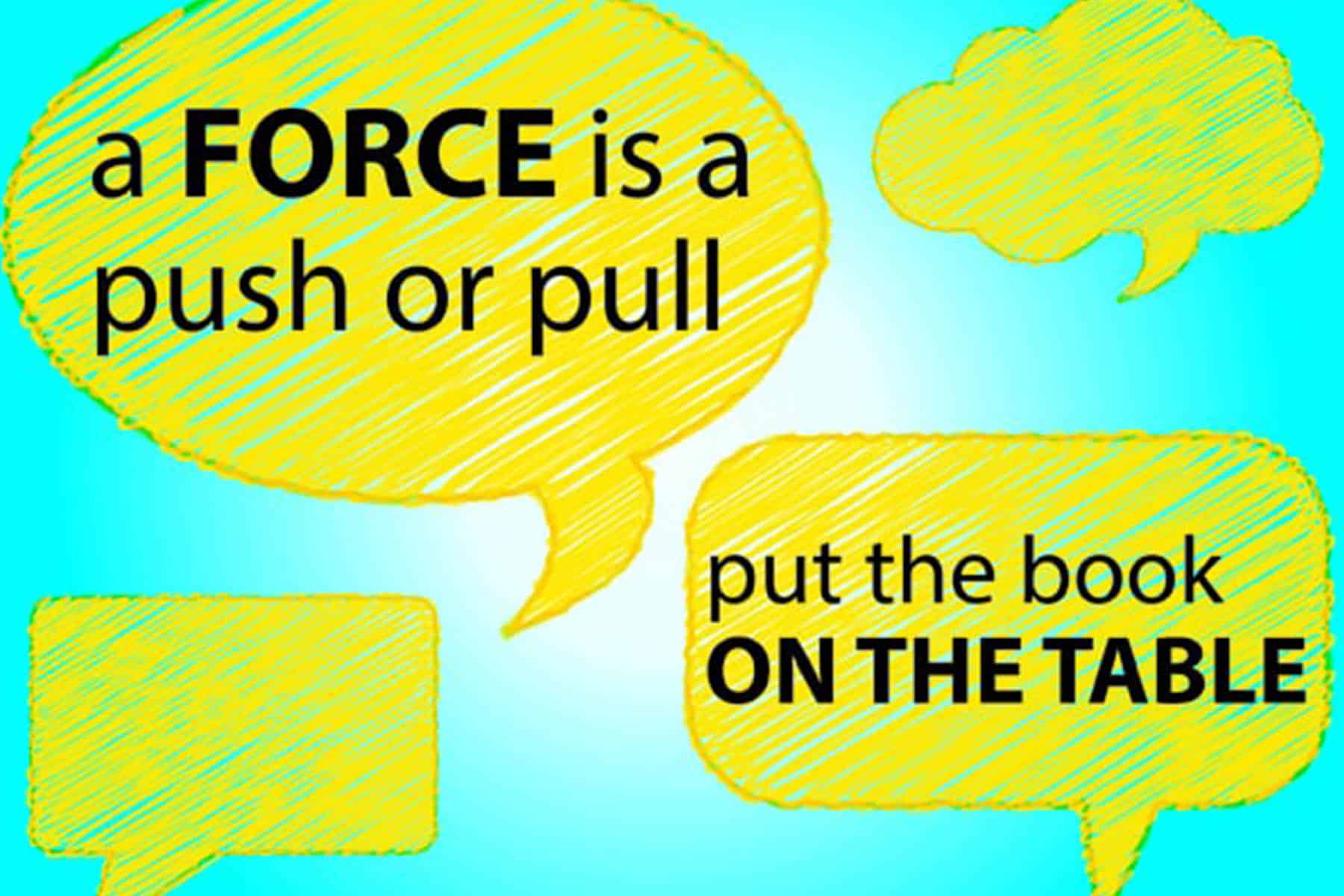When you read a text and want to remember important information, you may highlight it with a marker. When you have important information you want a child to remember, you likely won’t highlight it with a marker; but rather with your voice. Calling attention to important sounds, words and phrases is called acoustic highlighting.
How to use acoustic highlighting:
- Say the sounds or words louder or at a whisper
- Say the sounds or words faster or slower
- Pause before important sounds or words
- A combination of these
Say you want a student to attend to a new vocabulary word during a class discussion. You acoustically highlight the new word, pausing before the word and saying it a little louder. Then you follow up with the class to get a definition which can also be acoustically highlighted. This strategy is effective without interrupting the flow of your lesson.
You can also use acoustic highlighting to correct a child’s speech and/or language. Say the student misses a word or forgets a sound in a word. Model the message using acoustic highlighting, and then have him imitate your model.
Acoustic highlighting helps children learn language by focusing on key sounds or words that carry meaning. When we talk to babies, we use parentese as a way to call attention to language. Think of acoustic highlighting as an extension of parentese for children with hearing loss. Sounds and words that are acoustically highlighted will grab his attention and help him remember. It’s the highlighter for language learning!
Take a look at the video to see examples of acoustic highlighting in action!
Jennifer Manley was a teacher of the deaf and associate coordinator of the Emerson Center for Professional Development at Central Institute for the Deaf- CID. Ms. Manley is co-author of the CID SPICE for Life auditory learning curriculum and author of the 2nd Edition CID SPICE auditory training curriculum.












